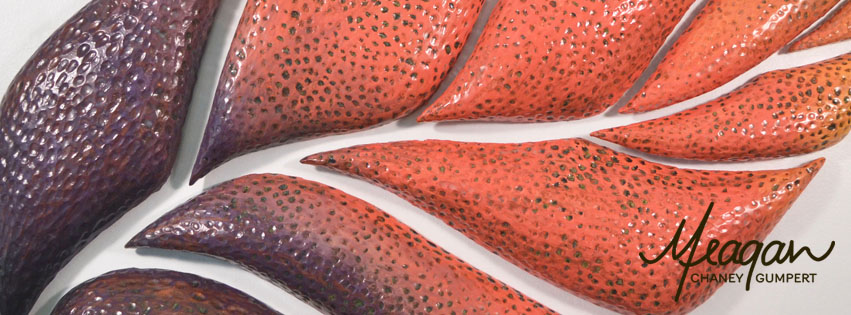I recently received an exciting email from a reader who has been working with the Low Fire Crawl glaze I featured in January's Low Fire Friday segment.
Rand O'Brien from New Hampshire writes:
"I have been using
your Magnesium crawl in raku with wonderful results. The spaces between
the beads seal against carboning and the beads "stick" very
well. Your dark Turquoise develops a beautiful luster in
reduction."

Here's a re-posting of the Low Fire Crawl recipe Rand is referring too:
Crawl Glaze - Cone 04
Gerstley Borate 46.5
Magnesuim Carbonate 31.0
EPK 18.6
Borax 3.9
______________________
100.0
+ Zircopax 5.5
For color add...
Beige/pale yellow: + red iron oxide 1%
Dark turquoise/jade: + copper carbonate 5%
Light turquoise/jade: + copper carbonate 1%To see glaze test tiles of this recipe fired to cone 04 check out the original LFF post.
Rand, Thank you so much for sharing your results! That luster halo with the turquoise is amazing!
If anyone else has tried any of the Low Fire Friday glazes and would like to share how they've worked for you, email me at info@MeaganChaney.com and I'll be happy to put together a Bonus Edition featuring your work.
Cheers!
Meagan




